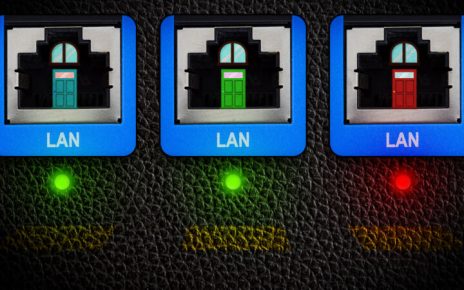
Enlarge / El Salt is an open-air rock shelter nestled against the base of a limestone cliff. Archaeological evidence tells us that Neanderthals lived here from around 60,700 to 45,200 years ago. (credit: Candela et al. 2021)
Biologist Marco Candela and his colleagues recently sequenced ancient microbial DNA from 50,000-year-old Neanderthal feces found at the El Salt archaeological site in Spain. The sequences included DNA from several of the microbes that still call our intestines home, as well as a few that have nearly vanished from today’s urban dwellers. According to Candela and his colleagues, their results suggest that the microscopic population of our guts may have been with us since at least 500,000 years ago, in the era of our species’ last common ancestor with Neanderthals.
Digging up Neanderthal poop
Mixed in with the layer of sediment that once formed the floor of a Neanderthal rock shelter in eastern Spain, archaeologists found millimeter-sized coprolites (fossil poop) and chemical signatures of human feces. An earlier study, published in 2014, sifted through the tiny coprolites to look for traces of Neanderthal diets. “These samples therefore represent, to our knowledge, the oldest known positive identification of human fecal matter,” wrote Candela and his colleagues.
They recently returned to El Salt for new samples, which they scoured for fragments of ancient DNA from the bacteria and other microbes that once lived in the intestines of Neanderthals. To weed out possible contamination, Candela and his colleagues sorted out the old, obviously degraded ancient DNA from the more pristine modern sequences. Most of the ancient DNA in the sediments came from bacteria that lived in the soil and water—tiny relics of the Pleistocene environment. But the rest included some familiar companions.





